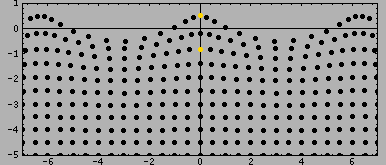
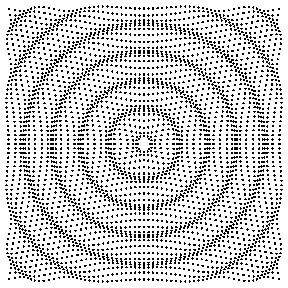
Electromagnetic radiation is another name for light. Not just visible light that we can see but lower energy light like radio waves and higher energy light like xrays. Light is an electomagnetic wave. What does all this mean?
 |
 |
Imagine dropping a rock in a pond and watching the waves move outward from it. The riples spread outward but the water just sloshes up and down. (left above). A sound wave generated at a point (right above) also spreads outward. It does so by alternately i compressing and expanding the air as it travels along. Notice that in both cases the wave moves large distances but the medium it travels through does not. A wave is a periodic disturbance, meaning that if one sits in one location the disturbance associated with the wave (like the height of the water or the density of the air above) repeats itself. The time it takes to repeat is called the period of the wave. The length between two peaks of the wave is called its wavelength. The period and wavelength of a wave are related by the speed at which it travels.
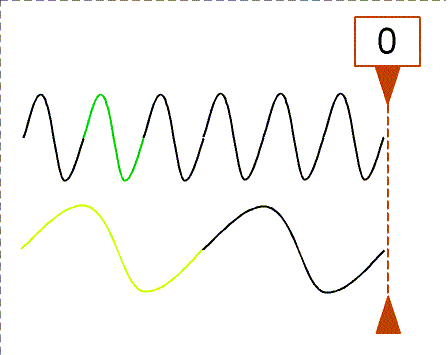 |
|
If two waves move at the same speed and one has a shorter wavelength than the other, then more peaks of the short wavelength wave will pass by you in a given amount of time. The period of the short wavelength wave is shorter, or using a different word it has higher frequency.
Most of the wave we are familiar with in everyday life travel through something (air, water, rock, etc.). Electromagnetic waves (light), however, can travel through a perfect vacuum. This is because it is really two wave together, each helping the other along.
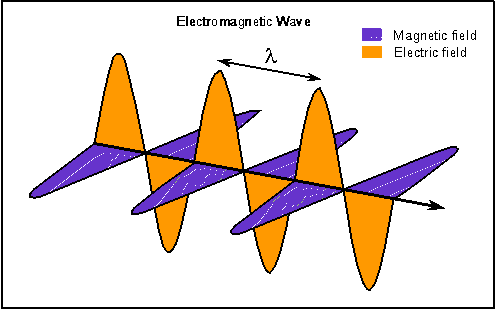 |
|
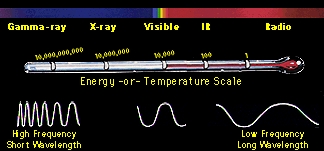

Some people think that electromagnetic radiation from cell phones, computers, microwave ovens and other devices poses a health risk to the people using them. One of the difficulties in determining if this is true or not is that there is no way to directly measure the actual levels of electromagnetic radiation inside a person. Cai-Cheng Lu works at the Electrical Engineering department of the University of Kentucky. He is using computers to calculate the interaction of electromagnetic waves with biological materials, in order to determine the actual distribution of radiation inside and outside of an object being illuminated by a source of these waves. This is one application of a science called computational electromagnetics.